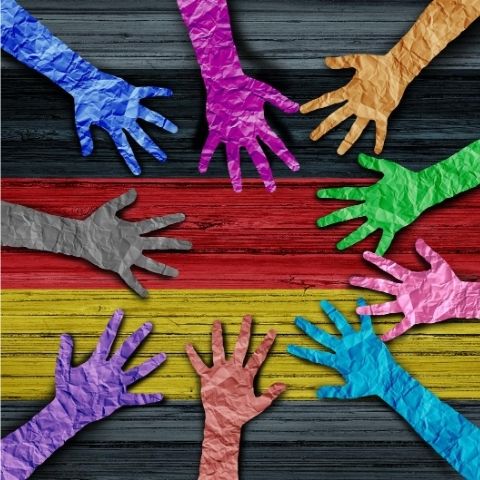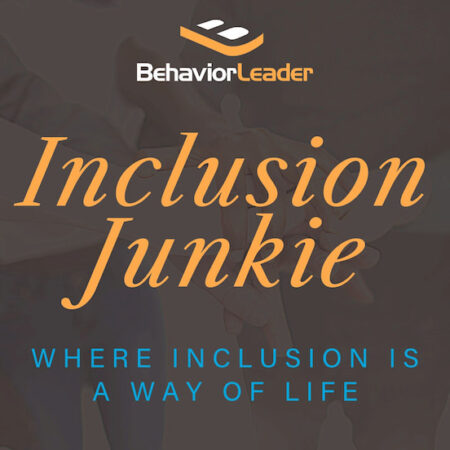In the current era of globalization, there is a growing need for diversity within businesses. There is a current call for organizations to look inward to determine how to become more diverse. However, while there is growing acceptance that diversity is necessary for businesses to be and remain successful over time, the question still remains.
What is the business case for diversity?
To answer that, let’s first define diversity. Most will agree that diversity taps into the differences among people. However, most fall short in this definition, as they stop at observable differences – the way we look, or our gender, race, and ethnicity. Diversity is so much more than that and organizations that truly understand the depth of diversity are the ones who also realize there is a compelling case for diversity. Those who have taken a deeper dive into diversity also include other demographics including socioeconomic status, religion, political beliefs, education, sexual orientation, gender identity, cultures, and disabilities. However, this too falls short. Diversity also includes our individual experiences, our strengths and skills, our interests and hobbies, our family composition, the region in which we grew up, the number of languages we speak; in short diversity is everything that makes one person different from another.
Understanding the extent of diversity and the many different ways that each individual is different is the first step to creating cultures that are inclusive and build on the strengths of each individual. Inclusive environments appreciate differences and celebrate them, strategically hiring or forming teams that bring new individuals into the environment. They don’t search for the perfect candidate who will “fit in” with their company culture. Instead, they are clear on their organizational values and search for individuals who embrace those values, but display them in a different way. And when they are brought on board, the entire organization adjusts. Each person is shifted slightly, making room for the addition to the culture, rather than expecting that individual to fit into the preformed missing puzzle piece.
Embracing the culture of inclusion celebrates diversity and creates workplaces where everyone is highly valued and contributing to the shared goal and vision of the organization. And that’s the overall business case for diversity.
Overall, organizations that are more diverse and inclusive have been shown repeatedly to outperform organizations that are not. The reason? They are more innovative, they have fewer turnover and personnel problems, and ultimately, they make more money. Whether you are investigating the individual organization or society at large, it has been shown time and time again that the more diverse the culture, the more innovative it is. When presented with a problem, those organizations that can draw from a number of different points of views and who have individuals who offer different solutions will make better decisions. Additionally, differing points of view and experiences will highlight important points that may be overlooked if that person with the differing point of view were not in the room. For example, if an organization is building a platform to help students transition between online and in-person learning more easily, but does not have a parent of a student or perhaps even a student themself in the room, they are likely going to miss an important and necessary perspective. This could result in building a product that doesn’t solve the right problem or isn’t user friendly. Additionally, including students at different levels and parents of different ages will provide another layer of perspective, potentially further improving the product.
This inclusion of different perspectives and highlighting individual strengths was called the learning-and-effectiveness paradigm in a 1966 article on Harvard Business Review and reiterated in a more recent article discussing the need to move beyond the discussion of diversity into the real work of inclusion. It is important to point out that increasing diversity only works when inclusion occurs. Simply placing different people on a team and telling them to solve a problem does not actually result in better problem solving – especially when eight or nine of the ten people on the team are all similar and have been working together for quite some time. In fact, without careful planning, training, and true culture shift, increasing diversity can be harmful.
Diversity without inclusion is harmful.
Another important consideration for the business case for diversity is the amount of diversity within the organization or team. Research has indicated that when one group makes up more than 75% of the team or organization, those who make up 24% or less of the organization are more likely to adopt and adhere to majority norms stronger than those who are in the majority (Nicholson-Crotty et al., 2017). This is especially true when the culture is not inclusive and individuals are not welcomed in, when their opinions and thoughts are not highly valued, and they are expected to blend in with the current company culture.
Next on the list of considerations for the business case for diversity is that the individuals who bring diversity to the organization are not and should not be solely responsible for improving the business. The short sidedness of diversity is that all that is needed is to bring different individuals together and that these different individuals will somehow magically solve the problems of the organization. Nothing could be further from the truth and it is actually quite harmful to expect this to be the case. Rather, it is those organizations that have cultures that encourage different ideas, that reinforce speaking up, and are curious and interested in learning about others and what they have to bring to the table that thrive. Diversity brings the different perspectives, ideas, and skills to the table, but inclusion is what makes them powerful.
Diversity brings the different perspectives, ideas, and skills to the table, but inclusion is what makes them powerful.
Finally, diversity should be throughout the entire organization, not just one or two levels. Too often companies focus on diversifying the front line staff or entry level positions. Some even make it as far as the first level or middle management. But very few actually attempt to create diversity at every level within the organization. And when these organizations don’t become more innovative or create better solutions, the argument is made against diversity being good for business. The problem again is not diversity; the problem is lack of inclusion. Organizations that only focus on diversifying the lower levels of the organization are not actually diversifying at all. And what’s worse, they are perpetuating the system currently in place that keeps individuals with diverse backgrounds out of the top level, decision-making decisions. This business case for diversity is made when the organization focuses on redistributing the decision making power and resources within the organization, creating not only inclusion, but also equity.
In short, the business case for diversity is that businesses perform better – they are more successful. However, the façade is that diversity is the solution. It’s not. The solution is inclusion.
References:
Nicholson-Crotty, S., Nicholson-Crotty, J., & Fernandez, S. (2017). Will more Black cops matter? Officer race and police-involved homicides of Black citizens. Public Administration Review, (Feb. 2017). https://doi.org/10.1111/puar.12734




